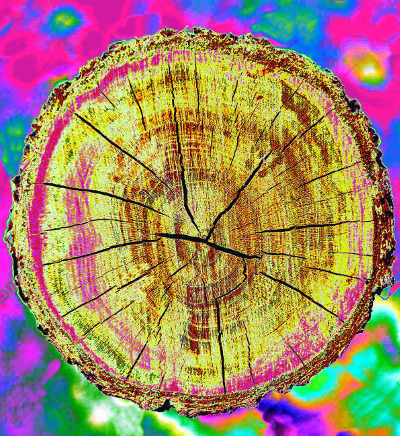Research takes trees to cutting-edge
 Australian researchers are working on a way to use macadamia nuts as a 3D-printing medium.
Australian researchers are working on a way to use macadamia nuts as a 3D-printing medium.
Macadamia shells are already used as a biofuel, but engineers at the University of Sydney now want to use the nut's extraordinary properties as a basic element in a new Microtimber, made using pioneering 3D-printing technology.
The research team has received funding to investigate ways to 3D-print a new gradient timber panel using forestry waste and by-products, including the discarded shells of the popular Australian bush nut.
The three-year study, partially funded by Forest and Wood Products Australia, aims to break new ground in the use of agricultural waste and 3D printing.
Dr Sandra Löschke, co-leader of the research team, says that the innovative work lies in the micro-layering and fusing of different 3D-printed timber compositions, to provide a unique material and geometric gradient suitable for large-scale building projects.
“We want to create... environmentally-resilient panels that are customised to react optimally to structural stress and weather exposure of a building,” she said.
“We aim to not only provide sustainable but aesthetic alternatives to standard timber products.
“The aim is to establish scientifically-informed design principles for materially-graded elements, which will help industry meet cutting-edge demands in construction in the future. This will be made possible by bringing together a team of multi-disciplinary experts from across the University,” said Dr Löschke.
The project will advance previous research into 3D printing techniques.
“Timber is an important primary industry for Australia,” says Professor Andy Dong, Warren Centre Chair for Engineering Innovation at the University of Sydney.
“Architectural and structural design aspirations are driving innovations in new value-added timber products, including the conversion of so-called waste material into a bespoke product.
“The anticipated outcomes of the research are highly significant for the forestry industry. It could fundamentally change the way Australia produces timber-based products,” said Professor Dong.
Researchers will experiment and test different material compositions using timber flours, including hardwood, softwood and macadamia shells.
The team will produce prototypes for a sustainable and highly marketable Microtimber, which may be adapted for a wide range of building features such as walls, cladding, internal screens or louvres.
As part of the research, the team plans to design and fabricate a demonstration prototype that showcases the benefits and potential of the new Microtimber.







 Print
Print